The volumes of the Project of History of Science, Philosophy and Culture in Indian Civilization aim to discover the main central aspects of India’s heritage and present them in an interrelated manner. In spite of their unitary look, these volumes recognize the difference between the areas of material civilization and those of ideational culture. The project is not being executed by a single group of thinkers, methodologically uniform or ideologically identical in their commitments. Rather, contributors are made by different scholars of diverse ideological persuasions and methodological approaches. The project is marked by what may be called ‘methodological pluralism’. In spite of its primarily historical character, this project, both in its conceptualization and execution, has been shaped by many scholars drawn from different disciplines. It is the first time that an endeavour of such unique and comprehensive character has been undertaken to study critically a major world civilization. History of art, unlike that of science, is not an accumulation of facts. It comprises concurrences and overlappings cutting across the linearity of time. Based on this premise the essays in this volume delve into the discourse as also forms of creativity in the Indian tradition in terms of both the perennial and the ephemeral aspects of aesthetic experience. The essays form four groups dealing with (a) core concepts which permeate the discourse on aesthetic theories, and having ramifications in many other disciplines and domains; (b) The Rasa theory in the framework of classical philosophical traditions of Vedanta, Mimamsa, Samkhya and Kashmir Saivism, and (c) the comprehension of the foundational concept of aesthetic theory, namely, Rasa and Dhvani from the perspectives of Indian thought traditions addressing also music, dance and the visual arts. There is not clear-cut demarcation between the four groups of essays though in their own framework they illustrate a transition from the discourse (sastra) to practice (prayoga), i.e., from theorizing on the nature of aesthetic experience to the process of concretizing it into forms of music, dance, architecture and painting. The contributions highlight the fact that the history of Indian aesthetic tradition comprises of various textual and performing traditions that have flourished in the Indian subcontinent. What we have is not a single history but multiple histories based on various philosophical and methodological approaches adopted by art historians. Some of these histories pertain to the technical details of a given art form, and some with the change that have occurred in the evolution and development of these forms. While some historical accounts focus on the relevant biographical details of the artists, some art histories focus on the social, cultural, political and even the economic conditions of civilization that determine the nature of an art form. Considering the multi-dimensional and multi-level complexities of Indian civilization and culture, the contributions to this volume have investigated into a number of factors which are directly and indirectly relevant for comprehending the complexities of the Indian aesthetic tradition.
History of Science, Philosophy and Culture in Indian Civilization: Language, Literature and Arts, Aesthetic Theories and Forms in Indian Tradition (Volume VI, Part I)
$145.80
$162.00
In stock
Free & Quick Delivery Worldwide
All orders amounting to US$ 50 or more qualify for Free Delivery Worldwide. For orders less than US$ 50, we offer Standard Delivery at $14 per book.
ABOUT THE AUTHOR D P Chattopadhyaya
D.P. Chattopadhyaya, Professor of Philosophy, jadavpur University, is currently working as Research Scientist of the University Grants Commission. Among his numerous published works are Individuals and Societies(1967), Individuals and Worlds (1976), environment Evolution and Value (1982), Humans Meanings Existences (1983), Sri Aurobindo and Karl Marx (1988). His forthcoming books are Induction Probability and Scepticism and Anthropology and historiography of Science.
ABOUT THE AUTHOR Kapila Vatsyayan
Kapila Vatsyayan artist and art historian is internationally acknowledged as the pioneer of evolving alternate models of research for establishing inter and intra-relationship of different domains of knowledge and creativity. Her own work moves from a deep understanding of the primary textual sources of the East and West, principally Sanskrit and English, and a direct experience of the arts as performer. It focuses attention on the inter relationship of the concept and creative interpretation in architecture, sculpture, painting, music, and dance. The kinetic image enables her to delve deeper into the textual and oral sources and the fundamental metaphysics which govern form and structure of the arts. She has convincingly drawn attention to the sacred geometry which pervades all the Indian arts. As visualiser of the conceptual plan of the Indira Gandhi National Centre for the Arts, she leaps across many disciplines, questions the conventional boundaries and finally establishes several bridges of communication between traditional thought and modern science. This has resulted in many multi-disciplinary studies of space and time, nature and culture, man and society, chaos and order. Her holistic integral vision is explicit in the volumes she has edited on these subjects. Her first work, Classical Indian Dance in Literature and the Arts, is a milestone by experts the world over. This work was followed by many others including the definitive study of Dance in Indian Painting, The Theoretical Basis of Asian Aesthetic Traditions; Traditional Indian Theatre: Multiple Streams; six volumes on Gita Govinda; Bharata and the Natyasastra; and the Square and the Circle of the Indian Arts. She has edited the volumes on Concepts of Space: Ancient and Modern and Concepts of Time: Ancient and Modern published by the Indira Gandhi National Centre for the Arts, New Delhi.
reviews
0 in total
Review by Anonymous
History of Science, Philosophy and Culture in Indian Civilization: Language, Literature and Arts, Aesthetic Theories and Forms in Indian Tradition (Volume VI, Part I)
Be the first to review “History of Science, Philosophy and Culture in Indian Civilization: Language, Literature and Arts, Aesthetic Theories and Forms in Indian Tradition (Volume VI, Part I)” Cancel reply
You must be logged in to post a review.
Bibliographic information
Title
History of Science, Philosophy and Culture in Indian Civilization: Language, Literature and Arts, Aesthetic Theories and Forms in Indian Tradition (Volume VI, Part I)
Author
Edition
1st ed.
Publisher
ISBN
8187586354
Length
612p., Coloure & B/w plates
Subjects
more by D P Chattopadhyaya see more
Architecture in India: History of Science, Philosophy and Culture in Indian Civilization, Volume VI, Part 2
The volumes of the PROJECT ...
$118.80
$132.00
more by Kapila Vatsyayan see more
Mind and Body in Health and Harmony in the Asian Systems of Medicine
This volume studies the ...
$60.30
$67.00
Human Development in Indian Perspective and Other Essays
This book, a collection of ...
$36.00
$40.00
India’s Cultural Heritage and Identity and Other Essays
This volume is collection of ...
$49.50
$55.00
similar bookssee more
Think and Grow Rich
$9.00
$10.00
Foundations of Physical Education
$62.10
$69.00

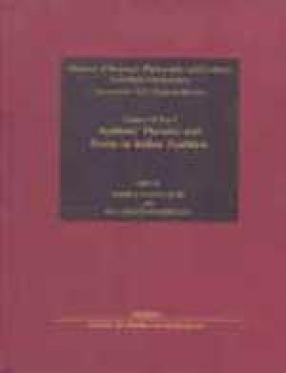
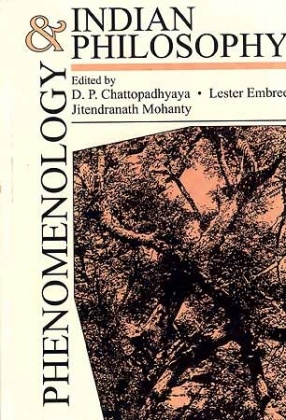
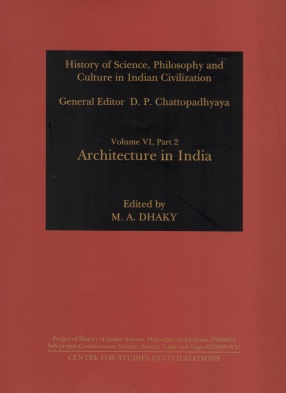
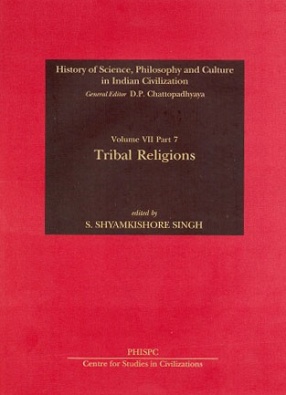
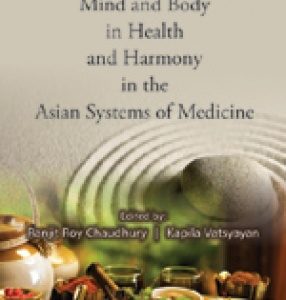
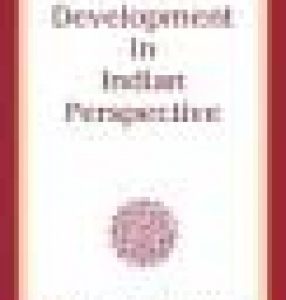
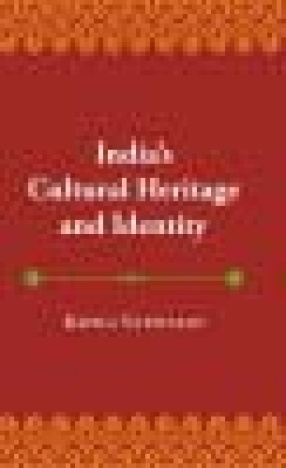
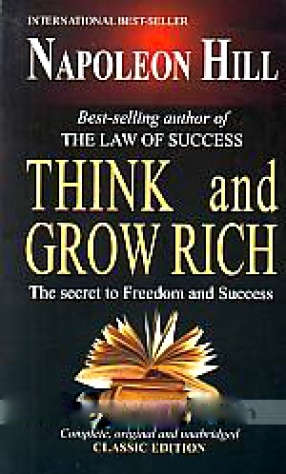

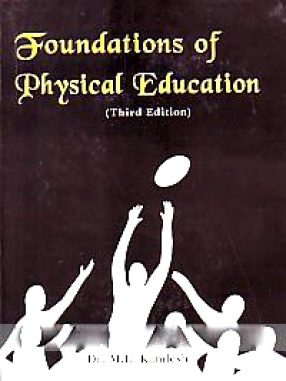
There are no reviews yet.